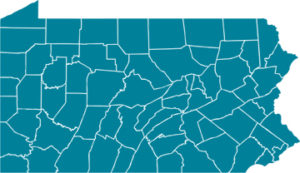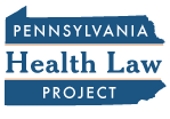MedPAC Talks Payments
At public meetings in Washington, D.C. last week, members of the Medicare Payment Advisory Commission discussed the adequacy of current Medicare payments and whether they need updating in the next fiscal year.
 Among the payment areas MedPAC reviewed were inpatient services, outpatient services, physician and health professional services, ambulatory surgical center services, skilled nursing facilities, home health services, inpatient rehabilitation hospitals, long-term-care facilitiies, outpatient dialysis services, and hospices.
Among the payment areas MedPAC reviewed were inpatient services, outpatient services, physician and health professional services, ambulatory surgical center services, skilled nursing facilities, home health services, inpatient rehabilitation hospitals, long-term-care facilitiies, outpatient dialysis services, and hospices.
Find the issue briefs and presentations used to guide these discussions here, on MedPAC’s web site.
 Beginning on December 1, Medicaid will pay for long-acting contraceptives administered after delivery and also will increase payments to doctors who provide those contraceptives. Currently, those costs are generally borne by hospitals in the lump-sum payment Medicaid makes for deliveries.
Beginning on December 1, Medicaid will pay for long-acting contraceptives administered after delivery and also will increase payments to doctors who provide those contraceptives. Currently, those costs are generally borne by hospitals in the lump-sum payment Medicaid makes for deliveries. A new paper from the Kaiser Family Foundation looks at some of the major questions that will arise in the coming months, including:
A new paper from the Kaiser Family Foundation looks at some of the major questions that will arise in the coming months, including:


 And while operating margins for psychiatric and specialty hospitals declined, they still remain generally strong at 8.81 percent and 7.78 percent, respectfully.
And while operating margins for psychiatric and specialty hospitals declined, they still remain generally strong at 8.81 percent and 7.78 percent, respectfully. Included in this edition are stories about problems older adults are encountering when they seek to enroll in the state’s Aging Waiver program; an update on the implementation of Community HealthChoices, the new state program of managed long-term services and supports for qualified seniors; upcoming Medicare changes and enrollment and application deadlines; coverage of diabetes testing supplies for dual eligibles; new state guidelines addressing access to treatment for mental health conditions and substance abuse disorders; and more.
Included in this edition are stories about problems older adults are encountering when they seek to enroll in the state’s Aging Waiver program; an update on the implementation of Community HealthChoices, the new state program of managed long-term services and supports for qualified seniors; upcoming Medicare changes and enrollment and application deadlines; coverage of diabetes testing supplies for dual eligibles; new state guidelines addressing access to treatment for mental health conditions and substance abuse disorders; and more. Since that time the state’s Medicaid expansion has added 670,000 Pennsylvanians to the ranks of the insured, with others purchasing insurance through the federal health insurance marketplace.
Since that time the state’s Medicaid expansion has added 670,000 Pennsylvanians to the ranks of the insured, with others purchasing insurance through the federal health insurance marketplace.